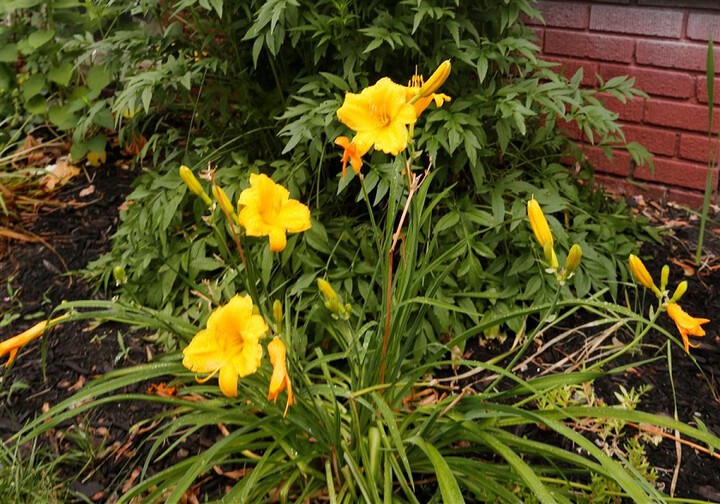When someone says “daylily,” what image do you picture in your mind?
Some may remember the carefree orange daylilies growing alongside the road that bloom each summer. While some may call them ditch-lilies because of their location, many might have them in their landscape as well. This plant is easy to grow and typically takes hold and multiplies in even the toughest of situations.
Because of its spreading nature, gardeners tend to share them with others. Stella De Oro is a commonly planted yellow flowering daylily that you will see in residential gardens, commercial plantings, in city right-of-ways, and all places in between.
Others may picture the wide variety of flower colors, flower sizes, bloom times, fragrances, and plant heights. There is truly something for everyone — that is if you have sun or partial shade.

If you don’t have any daylilies or are wanting to expand the number of daylilies in your garden, where do you start? Of course, there are catalogs to browse, book pages to flip, and websites to peruse. But why not see the plants first-hand. While you can visit local garden centers to see their availability and take plants home that day, I would also suggest a visit to the Toledo Botanical Garden and a walk through its accredited collection. While you can’t walk away with actual plants, you can capture images, and begin building a list of must haves.
Hemerocallis is the genus, and the first part of the Latin binomial, for daylily. There are numerous species, and literally thousands and thousands of cultivars.
Here are some fun-facts about daylilies:
■ Daylilies are relatively tough plants. They will return year after year with little effort and can be divided and shared as they become established.
■ Daylilies are adaptable to a variety of growing conditions, including different soil types. Although they prefer sun, they can handle light shade.
■ They are quite hardy. They are easy to establish and quickly become the color you are looking for in the heat of the summer.
■ Daylilies can be planted individually or in mass. They make a nice border, or can be incorporated into a mixed perennial or shrub garden.
■ Daylilies range from 1 to 4 feet high.
Do you have a spot in your landscape that you can add a daylily or two, or three or more? Hopefully at this point in the column I have piqued your interest, twisted your arm, and you are ready to make a purchase. Whether you already have a daylily or two in your landscape, have gotten bitten by the daylily-bug and are starting to collect, or you have already lost track of the number of different cultivars that you have, there is nothing like seeing these plants displayed in a garden.
“The Daylily Walk at the Toledo Botanical Garden features more than 400 cultivars,” shared Jonathon Milbrodt, Toledo Botanical Garden’s lead horticulturist with Metroparks Toledo. “The daylily collection at TBG began in the early 1990s and since 1998 the collection has grown significantly through a partnership with the Black Swamp Hosta and Daylily Society.”
The daylily collection is in the perennial garden west of the pond and north of the grand allee. While enjoying the beautiful blooms, you will notice that the plants are grouped by award categories and arranged in chronological order of the award year within each category. The plant labels include the cultivar name and credits the plants’ hybridizer too.